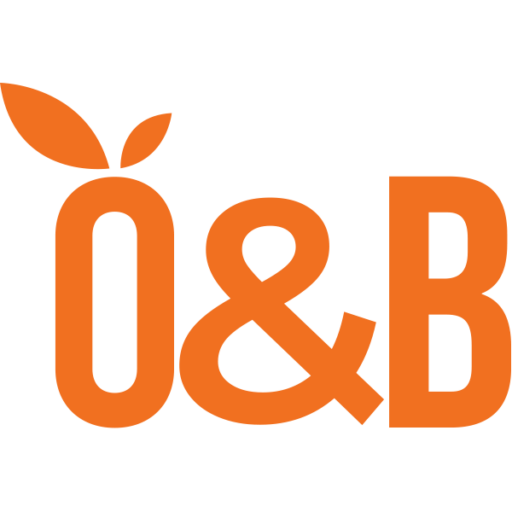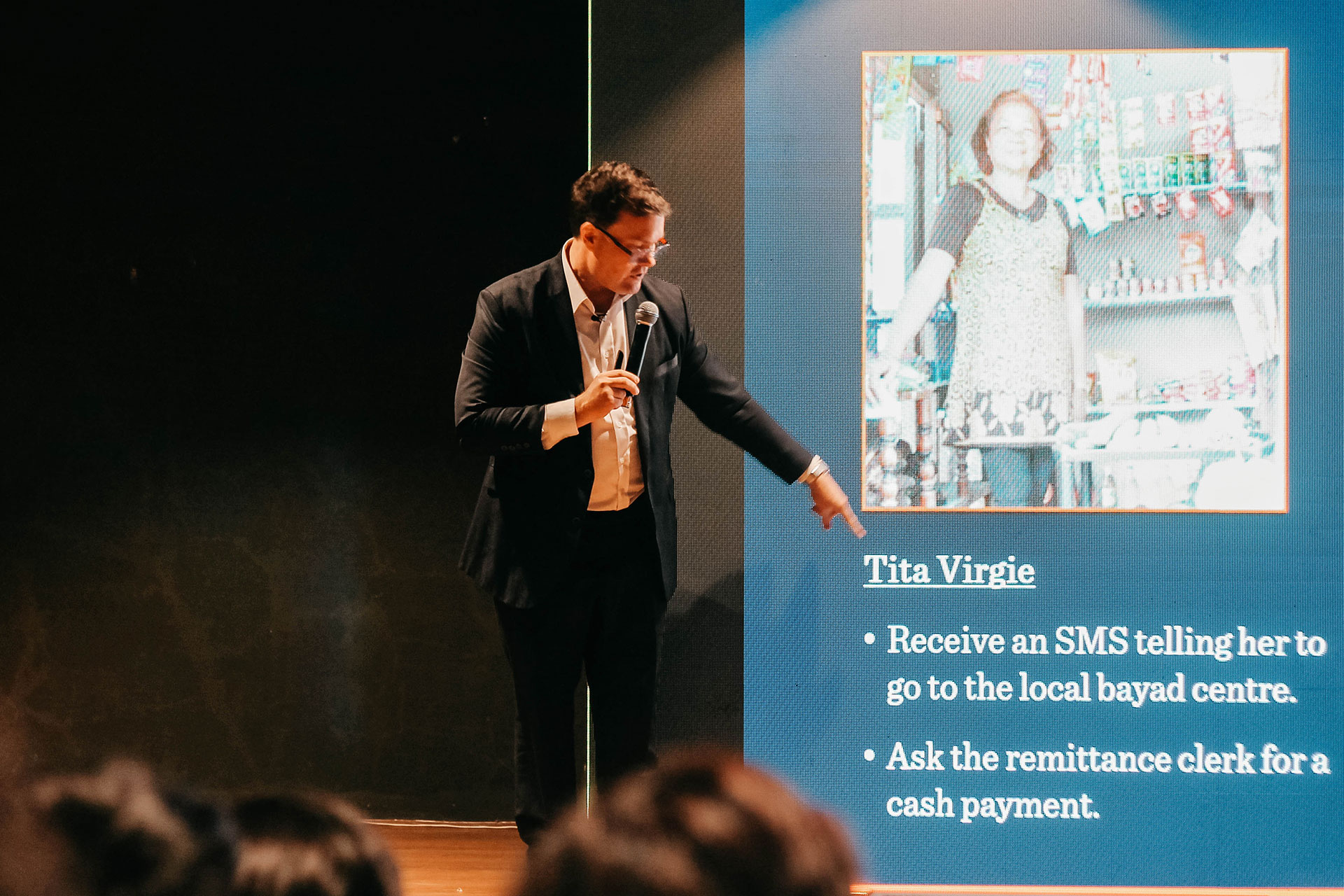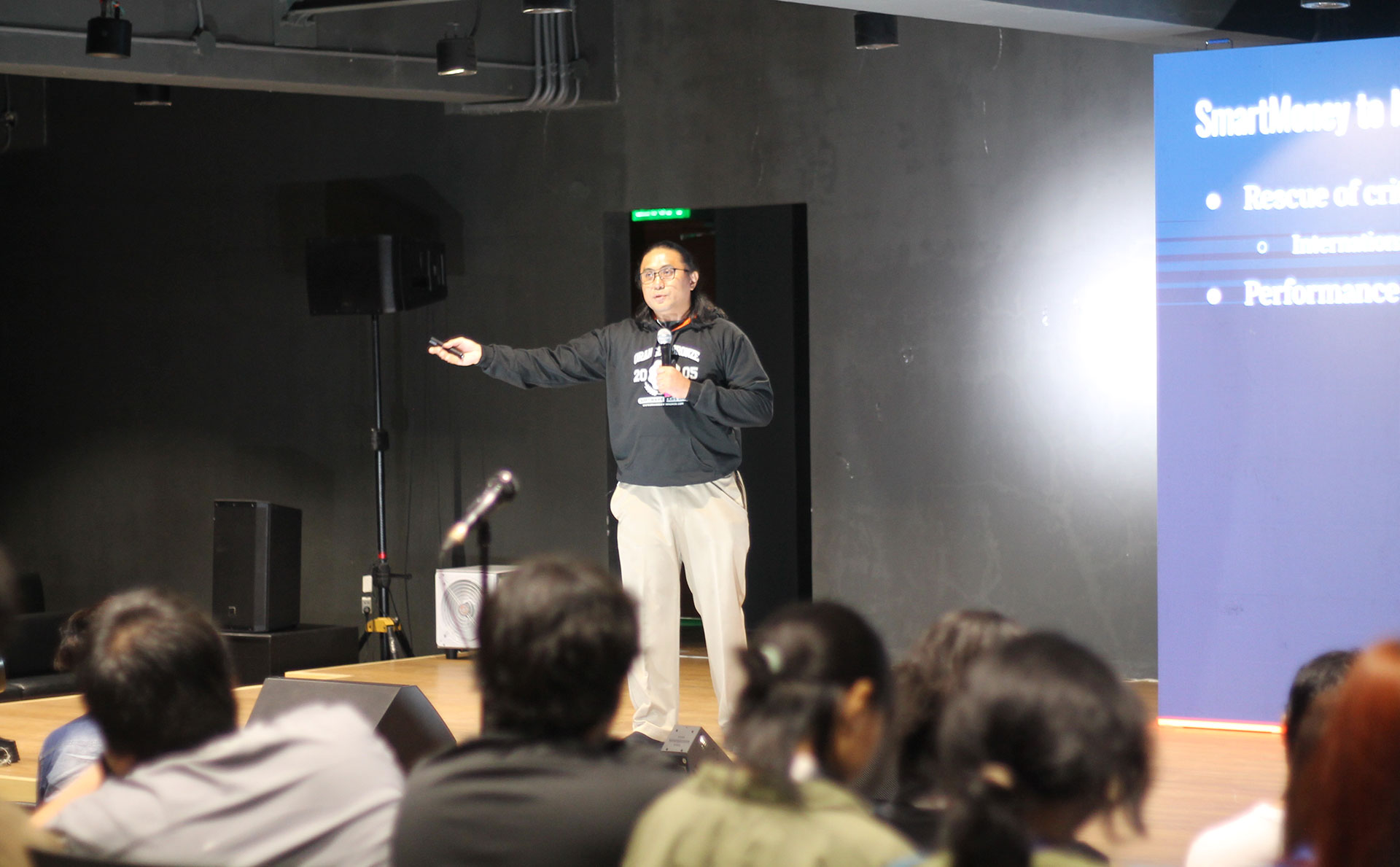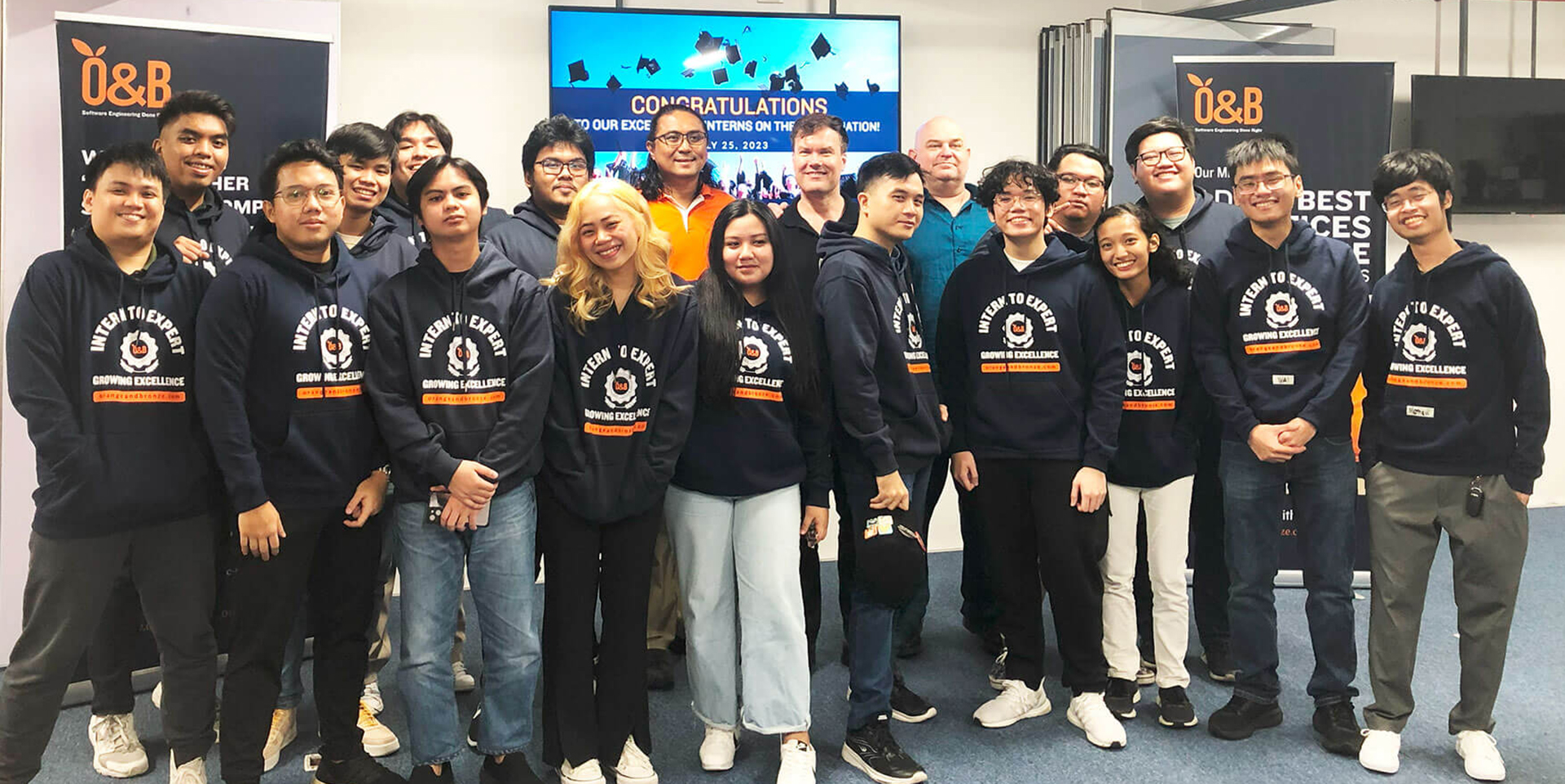Before the COVID19 era, walking into an interviewer’s office demanded a lot from you.
Back then, first impressions were all about how you presented yourself – the way you look, dress, walk, and talk. However, in this time when everything is done remotely, how can we impress potential employers through a 15-inch screen?
It’s already an unspoken rule that you have to dress appropriately for a video call, but to truly leave your mark, you should know how to create an impression with your introduction and how you can hold a conversation during your online interviews.
The IT Industry has become more competitive and demanding in terms of its skills requirement. In this day and age, interpersonal and communication skills are just as essential as your technical skills. This blog post aims to equip you with the basics of holding a conversation and acing your interview.
Introductions set the tone of the conversation.

Understanding the context is always important in any conversation. First, identify if you are in a formal (i.e., interviews, e-mail, conference call) or informal situation (i.e., parties or meetups). Second, avoid social scripts or conversation killers. Social scripts are questions that have been asked so many times that you already have automatic answers to it (e.g., “How are you?”) and these are the enemies of being memorable.
How do you break social scripts?
- Avoid traps-avoid asking typical questions (e.g., how are you, what do you do) or close-ended questions that have a yes or no answer.
- Trigger excitement-ask questions that can incite some thrill and focus on something good or exciting such as “working on anything exciting recently?” instead of “what do you do?”
- Build on the good– build on the positivity that you created. Provide or return the positive experiences you’ve had.
Now that you know how to hold a conversation,
Let’s try to answer the most feared interview question of all time – tell me something about yourself? It’s the simplest yet the hardest question to be asked, but effectively answering this question helps you set the tone of your interview.
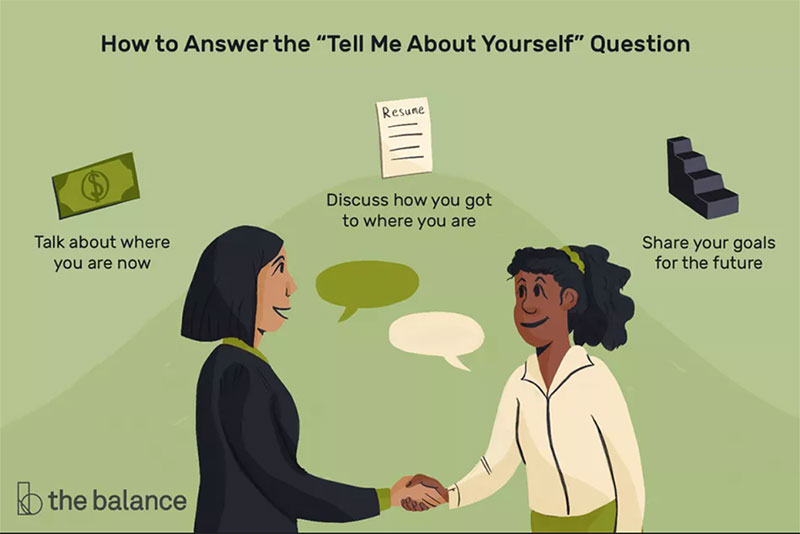
Think of your introduction in an interview as if you are in an elevator with the interviewer. Create an overview that’s concise enough during that elevator ride. This should include your top selling points for the position that may differ from job to job.
Take a bulleted approach to help you keep tabs of your important selling points. You want to sound spontaneous and natural, but you must convey the points that you need to communicate to create a good first impression. This approach helps you outline your response and leave room for spontaneity. Let me help you in taking bullet points for your introduction using the 3 Ws of Introduction:
- Who you are-speak about yourself as a professional and discuss what’s most relevant and up to date about you. You do not have to give historical background on experiences not relevant to the current position you are applying for.
- Why you are qualified-put emphasis on your achievements or accomplishments pertaining to the area that you are being interviewed for and focus on quantifiable results (e.g., I developed a recruitment application, which automated the test administration and has expedited our recruitment process by 50% turnaround time).
- Why you are here-explain why you are applying and what you can offer as an addition to the team. Focus on the qualities, skills, and knowledge that you can bring to the table.
Remember that you don’t have to discuss all of your experiences. Instead, share things that are relevant to the job description of the position you are applying for. The bulleted approach guides and gives you an idea of the topics you want to cover. Once you have your speaking points you will have room for flexibility and be able to answer differently in your interviews.
Ultimately, preparation is the key. With practice, you will grow more comfortable with what you want to say. As practice breeds confidence, you will appear more comfortable and ready and it will definitely give you a great headstart in the interview.
